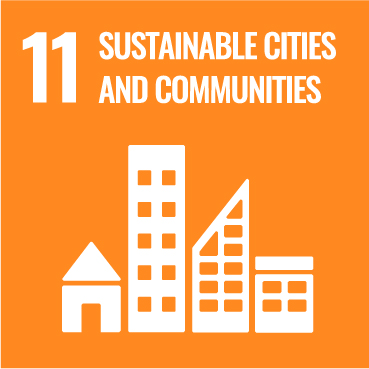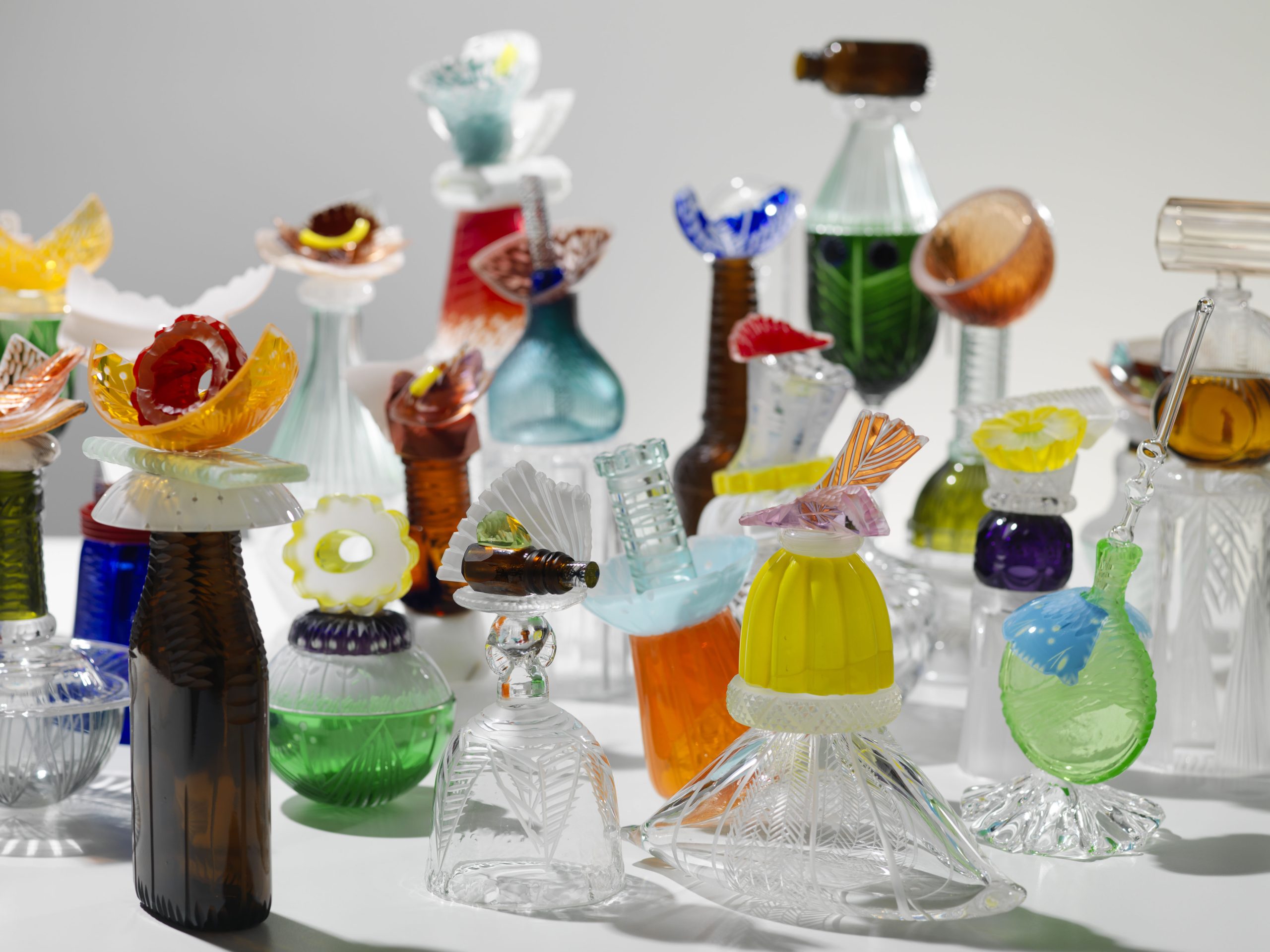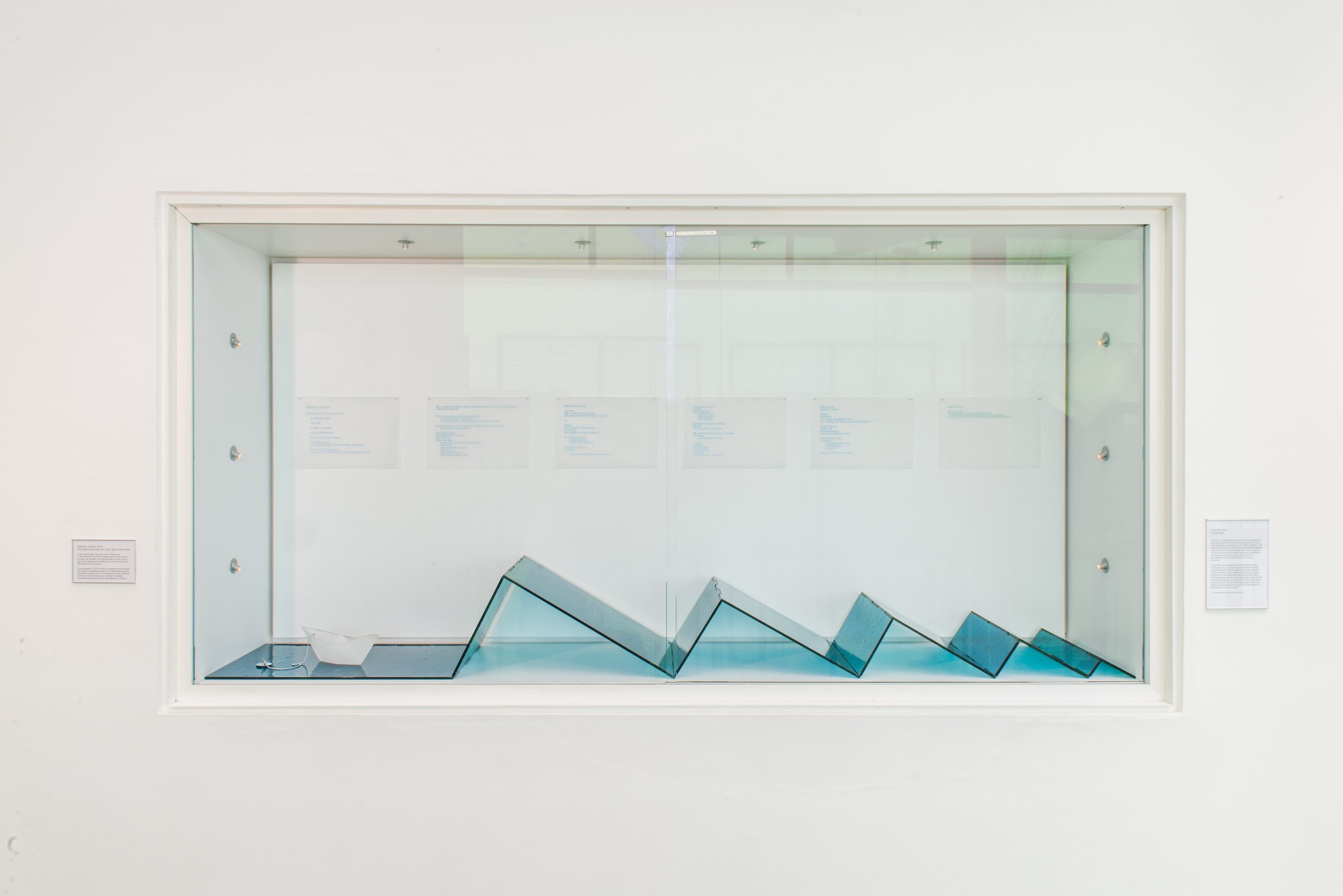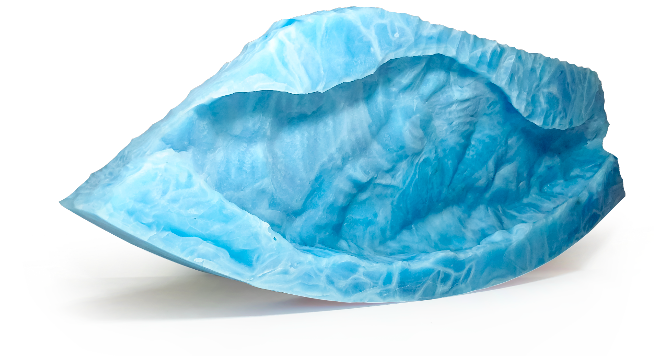Explore the exhibition


Glass art: the challenge of environmental sustainability
El arte del vidrio: el reto de la sostenibilidad ambiental
Panel made from recycled glass by the artist Tyra Oseng-Rees (2019).
Johan Butenschøn Skre
Glass art: the challenge of environmental sustainability
Panel made from recycled glass by the
artist Tyra Oseng-Rees (2019).
Johan Butenschøn Skre
Since the 1960s when the Studio Glass movement was born, the use of glass as an artistic resource to produce sculptures and other works of art has experienced a revival. In recent years, responsible consumption and production have taken on great importance in this movement.
The search for sustainable artistic practices has led a large number of artists to promote the use of recycled materials obtained in a sustainable manner and to explore alternatives that reduce the environmental impact of their creations. The small batch, limited edition and one-off production runs of glass are conscious, deliberate and intentional acts of artists who take great care and time over their work.
In this way, glass art creates objects that will outlive their owners without causing any great environmental tensions, while expressing concern about sustainability in the form of craft activism. Sustainable art glass production can be viewed as a vital antidote to the environmental issues we face.

Wild Flowers Collection (2019), Collaboration of Juli-Bolaños Durman and Jorum Studio. Shannon Tofts

Material Journey (2018), cast glass boat with a rubber plughole atop a fused glass wave, with poem text in the background. Work and photo by Inge Panneels

Waste Glass Landscape (2020), recycled glass from a Bombay Sapphire gin bottle. Lost wax cast, kiln cast glass, diamond cut and finished. Work and photo by Jessamy Kelly

Material Journey (2018), cast glass boat with a rubber plughole atop a fused glass wave, with poem text in the background. Work and photo by Inge Panneels

Waste Glass Landscape (2020), recycled glass from a Bombay Sapphire gin bottle. Lost wax cast, kiln cast glass, diamond cut and finished. Work and photo by Jessamy Kelly
Since the 1960s when the Studio Glass movement was born, the use of glass as an artistic resource to produce sculptures and other works of art has experienced a revival. In recent years, responsible consumption and production have taken on great importance in this movement.
The search for sustainable artistic practices has led a large number of artists to promote the use of recycled materials obtained in a sustainable manner and to explore alternatives that reduce the environmental impact of their creations. The small batch, limited edition and one-off production runs of glass are conscious, deliberate and intentional acts of artists who take great care and time over their work.
In this way, glass art creates objects that will outlive their owners without causing any great environmental tensions, while expressing concern about sustainability in the form of craft activism. Sustainable art glass production can be viewed as a vital antidote to the environmental issues we face.
Wild Flowers Collection (2019), Collaboration of Juli-Bolaños Durman and Jorum Studio. Shannon Tofts




